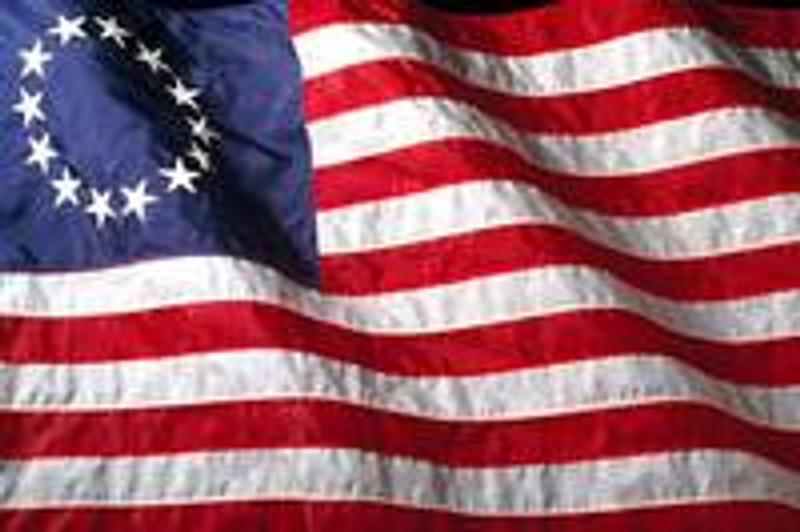Chocolate has long held a place in history—not as a sweet confection filled with sugar and cream, but as a bold, bitter drink made from pure cacao. In early American colonies, chocolate was not the smooth, melt-in-your-mouth product we know today. It was often prepared by hand from raw cacao beans and served as a warm beverage, much like it had been used for centuries in Central and South America.
Understanding how chocolate was made in 18th-century Colonial Williamsburg gives us a deeper appreciation of the traditional processes and flavors behind one of the world’s most beloved foods.
A Look Into Colonial Chocolate Making
There is an excellent historical video from Colonial Williamsburg that captures the manual techniques used to create chocolate in the early American colonies. What makes this resource so valuable is its accuracy and simplicity. It provides a direct look at the physical effort, tools, and skill required to produce chocolate from raw cacao in the 1700s.
Watch the video here:
? Colonial Williamsburg Chocolate Making Video
In that era, chocolate was primarily consumed as a hot drink made from ground cacao, hot water, and sometimes spices like cinnamon, nutmeg, or chili. Sugar, if available, was expensive and used sparingly. As a result, the drink maintained the natural bitterness and intensity of the cacao bean, offering a very different flavor from modern chocolate products.
The Process of Making Chocolate in the 1700s
The chocolate-making process began with roasting the cacao beans over an open flame. Once roasted, the outer shells of the beans were cracked and removed by hand. This left the inner part—the cacao nibs, which are rich in cocoa solids and cocoa butter.
These nibs were then ground using a heated stone tool called a "metate." The heat helped melt the cocoa butter naturally present in the nibs, turning the mixture into a thick paste. This paste could be shaped into cakes or blocks that were dried and stored until needed. When it was time to serve, the block was shaved into flakes or broken into pieces and then stirred into hot water to create a drink.
The result was a thick, rich chocolate beverage—unsweetened, bold, and earthy in flavor. For colonists, it was considered nutritious and energizing. Many believed it to be a healthy beverage suitable for breakfast or during long workdays.
Chocolate’s Journey from Central America to Colonial America
Cacao originated in Mesoamerica, where it was used by the Maya and Aztecs in both ceremonial and everyday settings. Spanish explorers introduced cacao to Europe in the 1500s, and it eventually made its way to colonial America. Though chocolate was considered a luxury item, it gained popularity in port cities such as Boston, Philadelphia, and Williamsburg.
By the 18th century, American colonists had established local methods for grinding and preparing cacao. Chocolate houses became common in larger towns—gathering places where people came for conversation and hot chocolate rather than tea or coffee.
How Colonial Chocolate Compares to Modern Chocolate
While modern chocolate has evolved into bars, bonbons, chips, and coated confections, the fundamental process behind chocolate making has remained surprisingly consistent. At its core, making chocolate still involves roasting, cracking, grinding, and melting cacao beans.
However, today’s chocolate often contains sugar, milk powder, vanilla, soy lecithin, and other emulsifiers to control texture and sweetness. The end product is refined, smooth, and much more palatable to modern tastes.
The closest modern equivalent to what was consumed in Colonial America is 100% pure cacao unsweetened chocolate, such as what Santa Barbara Chocolate offers. This type of chocolate contains no added sugar or dairy and reflects the bold, raw taste of the original cacao bean.
If you’re curious about trying chocolate in its original form, our 100% Pure Cacao Unsweetened Chocolate is a good place to start. It’s suitable for baking, grating into hot water, or blending with your own choice of spices and natural sweeteners if desired.
A Practical Guide to Using Unsweetened Chocolate at Home
If you're new to unsweetened chocolate, it’s helpful to think of it as a raw ingredient rather than a ready-to-eat snack. Here are some ideas for using 100% cacao chocolate in your kitchen:
- Hot chocolate preparation: Grate a small amount and mix with hot water and cinnamon for a traditional style.
- Baking base: Use it to create custom brownies, cakes, or sauces where you control the level of sweetness.
- Savory applications: Add depth to chili or mole by melting small amounts of unsweetened chocolate into the mix.
- Shaved garnish: Grate over coffee, oatmeal, or yogurt for a nutrient-dense topping.
Because of its purity, you get full control over how it’s used—just like the chocolate makers of the past.
Learning From History Through Flavor
There’s something meaningful about using chocolate in the same way it was prepared hundreds of years ago. It connects us to the cultural and culinary heritage of cacao and shows how early American settlers adapted cacao to their needs and resources.
Watching the chocolate-making process demonstrated using 18th-century tools offers a perspective that isn’t often seen in today’s kitchens or factories. It helps remind us that chocolate wasn’t always about dessert—it once served as sustenance, social tradition, and even currency.
Tasting pure cacao products today offers a glimpse of those original flavors: sharp, earthy, and intense. When paired with spices or softened with natural sweeteners, it becomes an opportunity to rediscover how people first used this remarkable bean in daily life.


